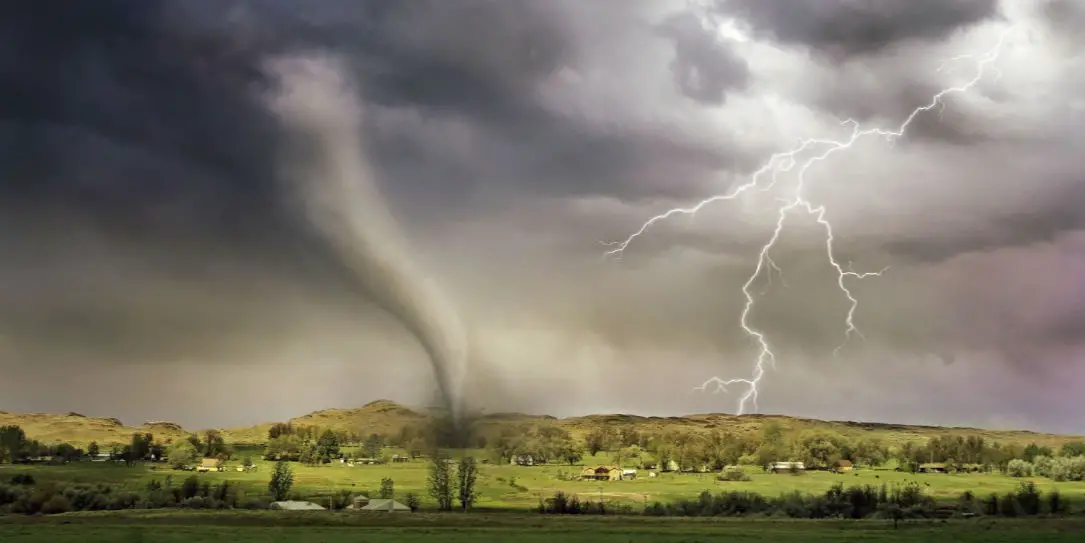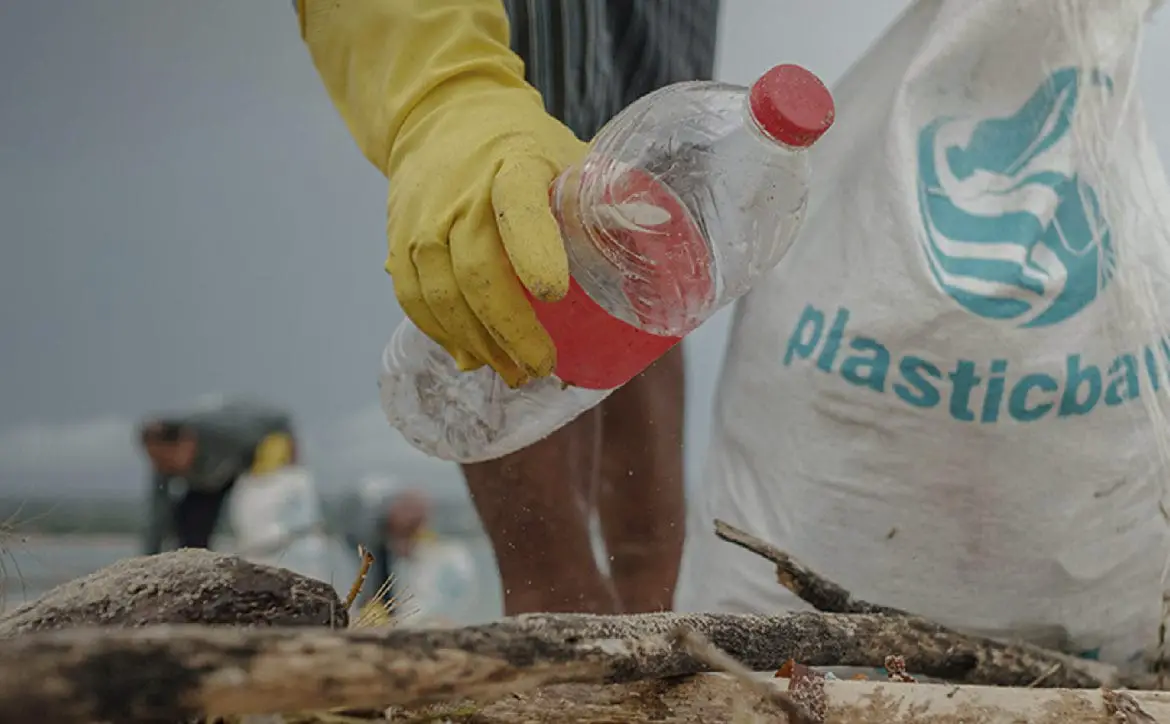Extreme weather events can be some of the most frightening dangers you ever encounter. It can seem like people are powerless against the massive scale of these dangers, but technology can help. While tech may not be able to stop natural disasters altogether, they can help people survive them.
Natural disasters still kill around 10,000 people a year, but that number has fallen substantially over the years. As the world’s resources have advanced, people have become better equipped to handle these events. If technology continues on its current path, it will reduce these numbers even further.
Here’s how today’s technology is helping people survive extreme weather.
Storm Season Modeling
Authorities can respond better to oncoming storms if they know what to expect. To create the best response plan, they need to know when to anticipate a storm and what it will look like. Supercomputer modeling can provide them with this crucial data.
Using data from weather satellites and other systems, scientists simulate hurricane seasons on powerful supercomputers. These systems can provide reliable predictions about storm sizes, times and behaviors so authorities can react appropriately. With the added help of artificial intelligence (AI), these predictions can be even more accurate.
Hurricane seasons can look different every year, so these simulations help scientists stay informed. Since AI improves with more experience, these systems get more accurate each season. The more scientists use them, the more helpful they become.
Faster Alert Systems
Predicting when extreme weather is coming is only part of the equation concerning preparedness. Meteorologists also need to be able to communicate their findings in time for people to respond. Modern communication systems allow for much faster and clearer alerts between different agencies.
In the past, weather agencies and governments relied on sirens to communicate inclement weather. With the rise of smartphones, though, many areas have switched to digital alerts, which are easier to understand. You’ve probably seen wireless emergency alerts (WEAs) on your phone before, which communicate threats in 360 characters or less.
These digital alert systems are concise and unambiguous, so they avoid as much confusion as possible. That way, the general public can learn what’s coming and how to act as soon as possible. The more time they have to prepare for extreme weather, the more likely they are to survive.
Tornado Tracking
Tornadoes are some of the most dangerous and unpredictable weather events there are. Since there are more than 1,200 tornadoes a year in the U.S., they can also be a frequent issue. With the help of modern technology, though, scientists can do a better job of tracking them.
With older radar systems, tornadoes have proved difficult to predict, especially in how they move. Newer methods, though, use a higher number of smaller-scale antenna instead of fewer but larger ones. This approach gives scientists much more reliable results, so they can follow a tornado’s path more effectively.
When authorities can predict and follow tornadoes, they can alert people who may be in their path. They can also start mobilizing emergency response units early to minimize damage once the tornado goes through an area. These systems, combined with faster alerts, could save countless lives.

Weather-Resistant Infrastructure
Technology does more than just help people avoid extreme weather — it enables them to endure it. More advanced building materials and techniques minimize damage when a natural disaster does inevitably hit. Whether these structures shelter people or protect their belongings while they evacuate, they’re an indispensable safety resource.
Famously, Taipei 101, one of the world’s tallest buildings, uses a 728-ton damper to protect against high winds. This massive counterweight helps keep the tower upright, a critical service in a typhoon-heavy area like Taipei. You can now find systems like this in most modern towers, too.
Other structural advances include reinforced doors, roofs and windows that make homes more storm-resistant. By using modern insulating materials like polyurethane, these structures can withstand much higher forces and still be lightweight.
Smart Power Grids
If extreme weather damages electric grids, it can cause numerous problems for residents and response teams. Many emergency response technologies rely on this power, so without it, they don’t serve much use. Thankfully, modern technology can make grids themselves more reliable in extreme conditions.
Smart grids feature an abundance of sensors and monitors that provide power companies with needed information. If an area loses power, these sensors can alert the necessary people about the outage. With sophisticated enough technology, they can even tell workers what’s wrong with the area, not just where it is.
Thanks to these timely and descriptive alerts, power companies can respond as soon as possible. They can then get everything up and running much faster, enabling other weather tech to keep functioning. Since smart grids also use local energy sources, not just centralized power plants, they’re more reliable in the first place.
New Tools for Understanding Weather Events
For scientists to determine the best way to respond to natural disasters, they need to understand the events. The more researchers know about what causes storms and how they act, the better tools they can develop to survive them. Today’s research tools uncover more information about extreme weather, leading to more successful responses.
There are more than 900 surface observation stations throughout the U.S. that constantly monitor weather conditions. By analyzing the data these systems gather, scientists can see what circumstances produce storms. They can also compare readings over time to understand trends in weather and climate.
The effectiveness of any response relies on how much you know about what you’re up against. As meteorologists gather more data about extreme weather, they can improve the rest of weather technology.
Modern Technology Is Saving Lives
Humankind used to be all but helpless against the might of natural disasters. The world still has the same amount of extreme weather, if not more, today, but technology has led to a much higher survival rate. Technology can make your life more comfortable, but more importantly, it can also save it.
What do you think of technology and extreme weather? Let us know in the comments below or on Twitter, or Facebook. You can also comment on our MeWe page by joining the MeWe social network.
Last Updated on February 3, 2021.










